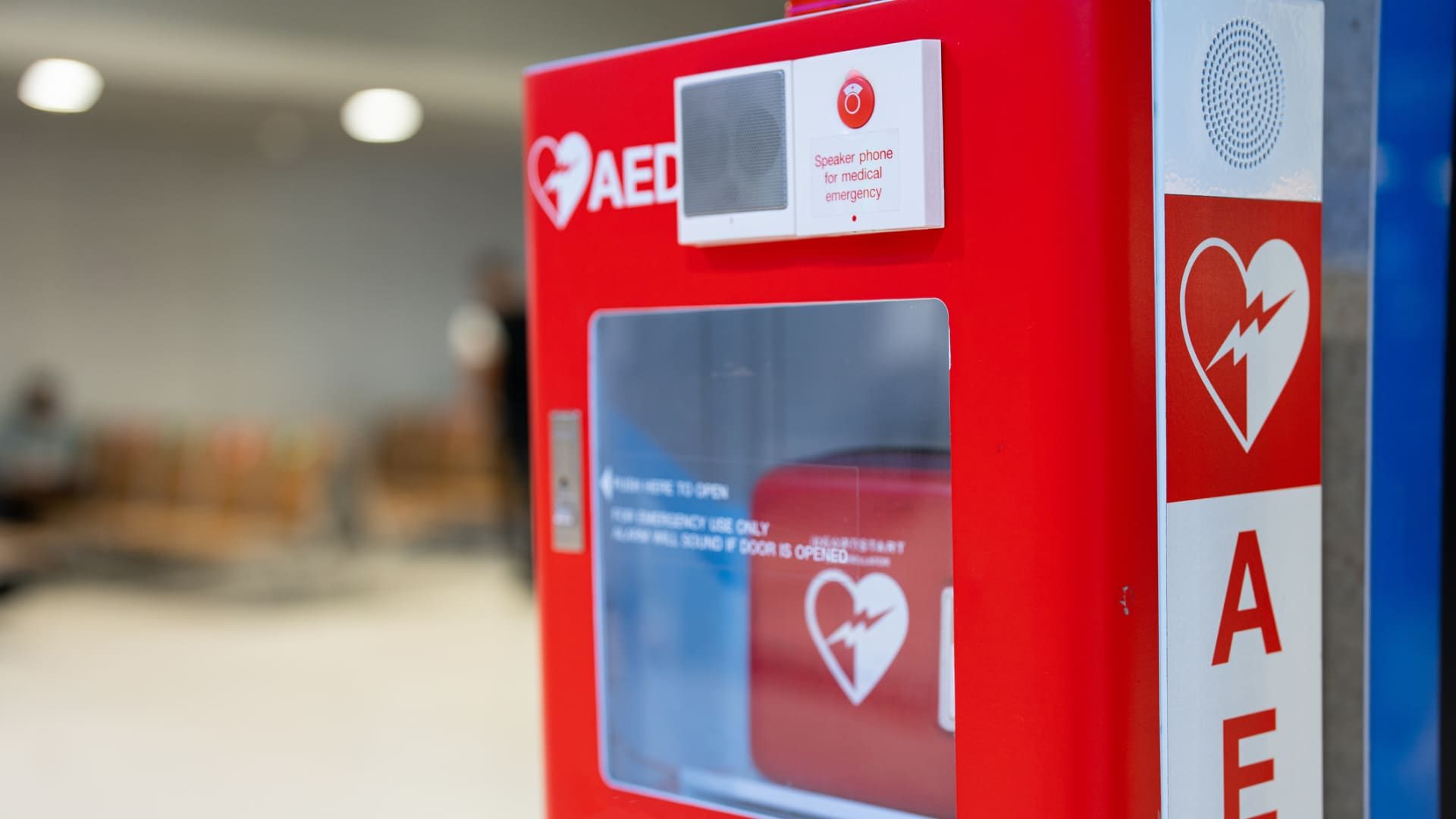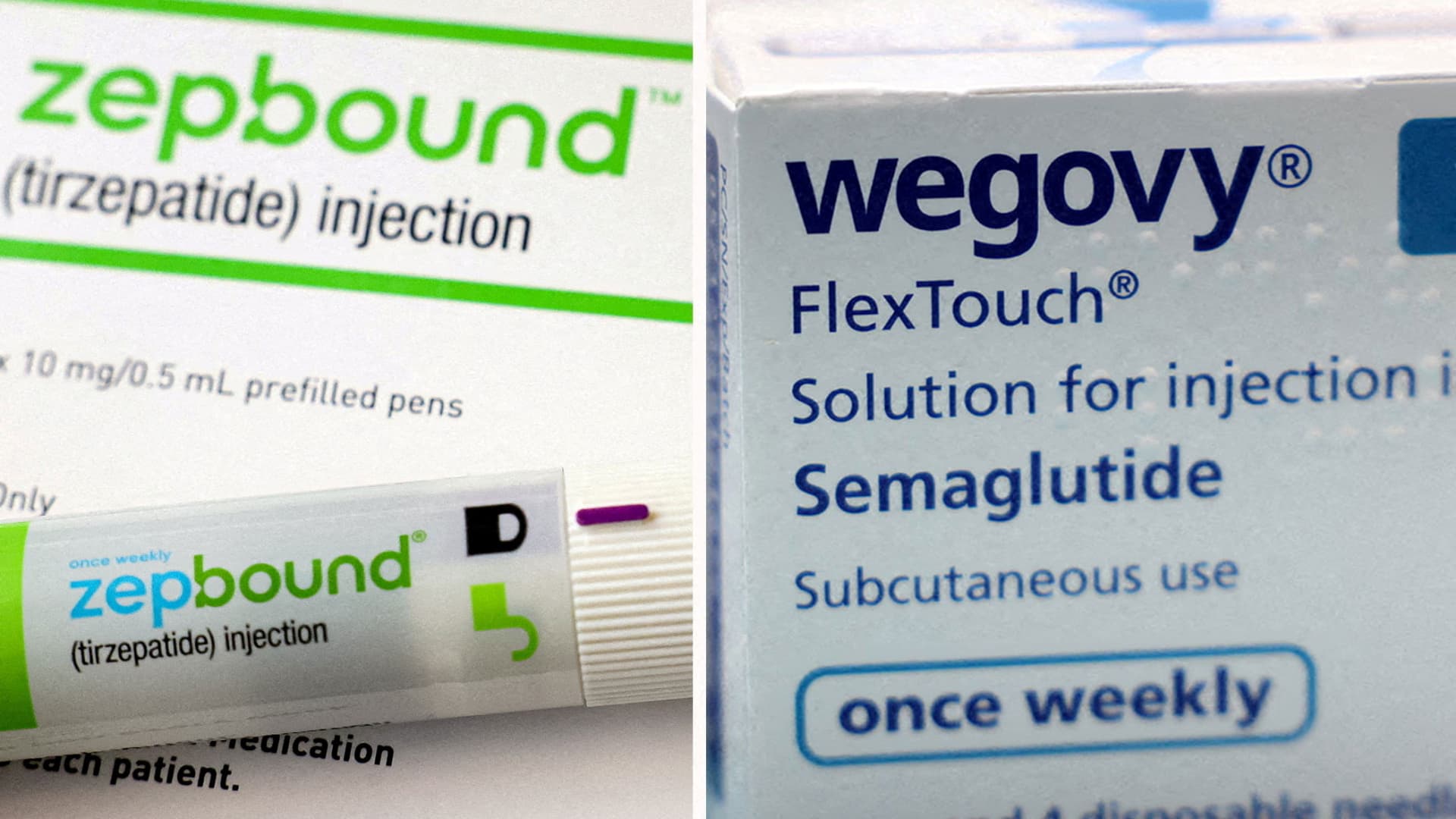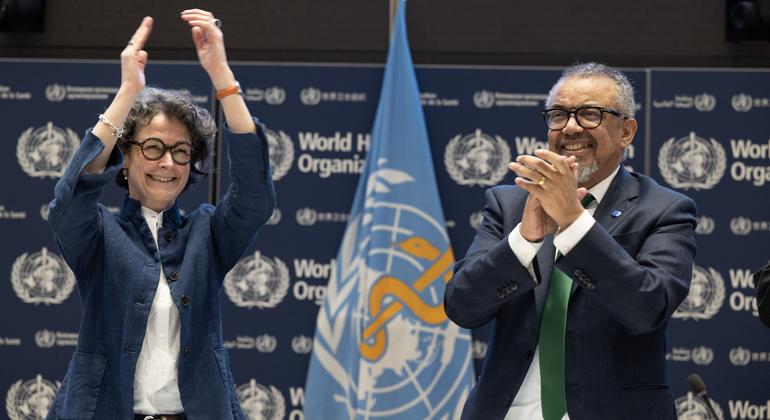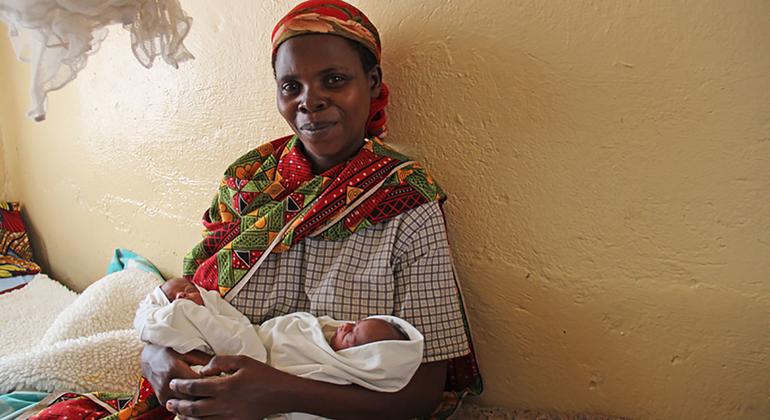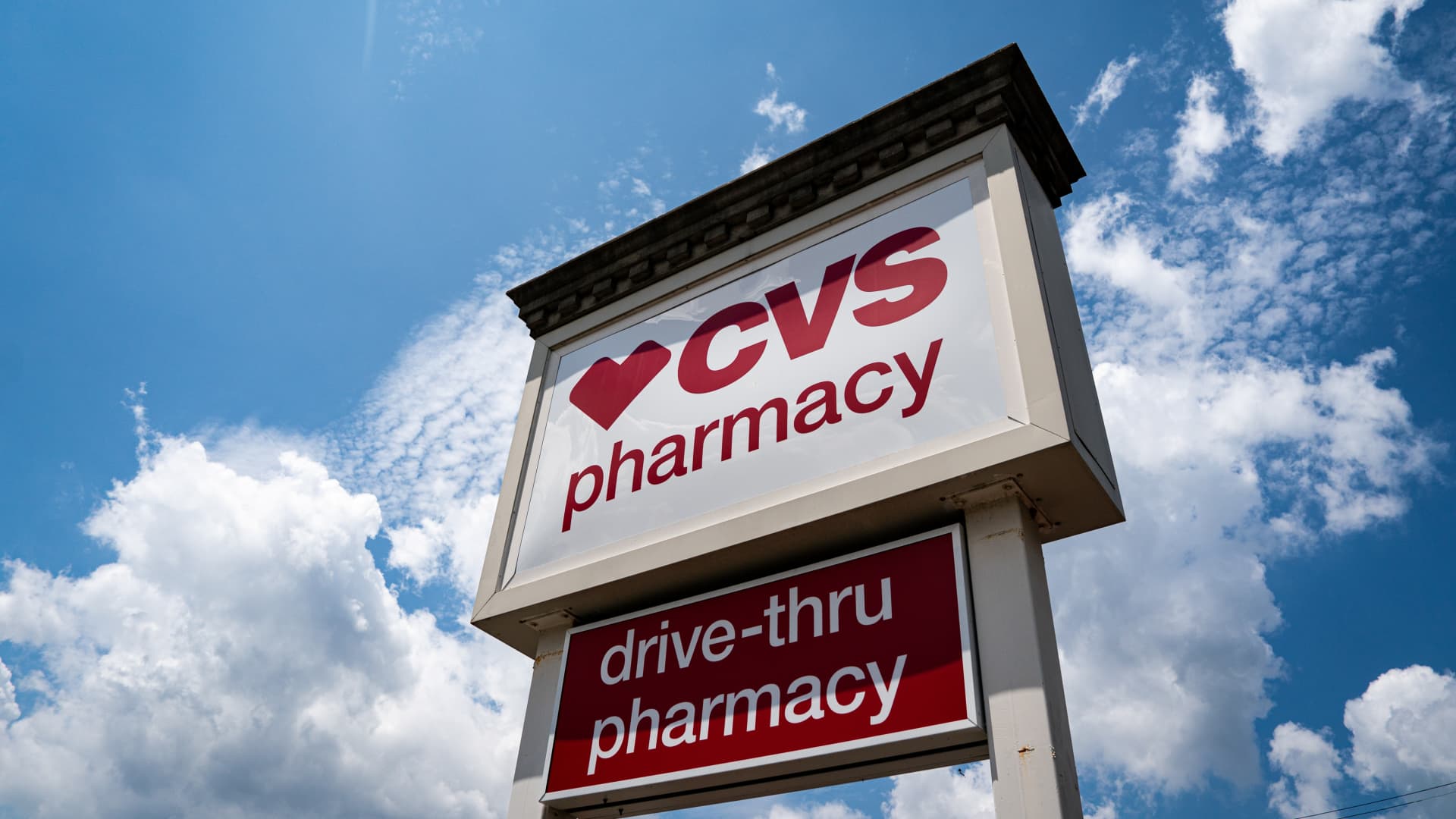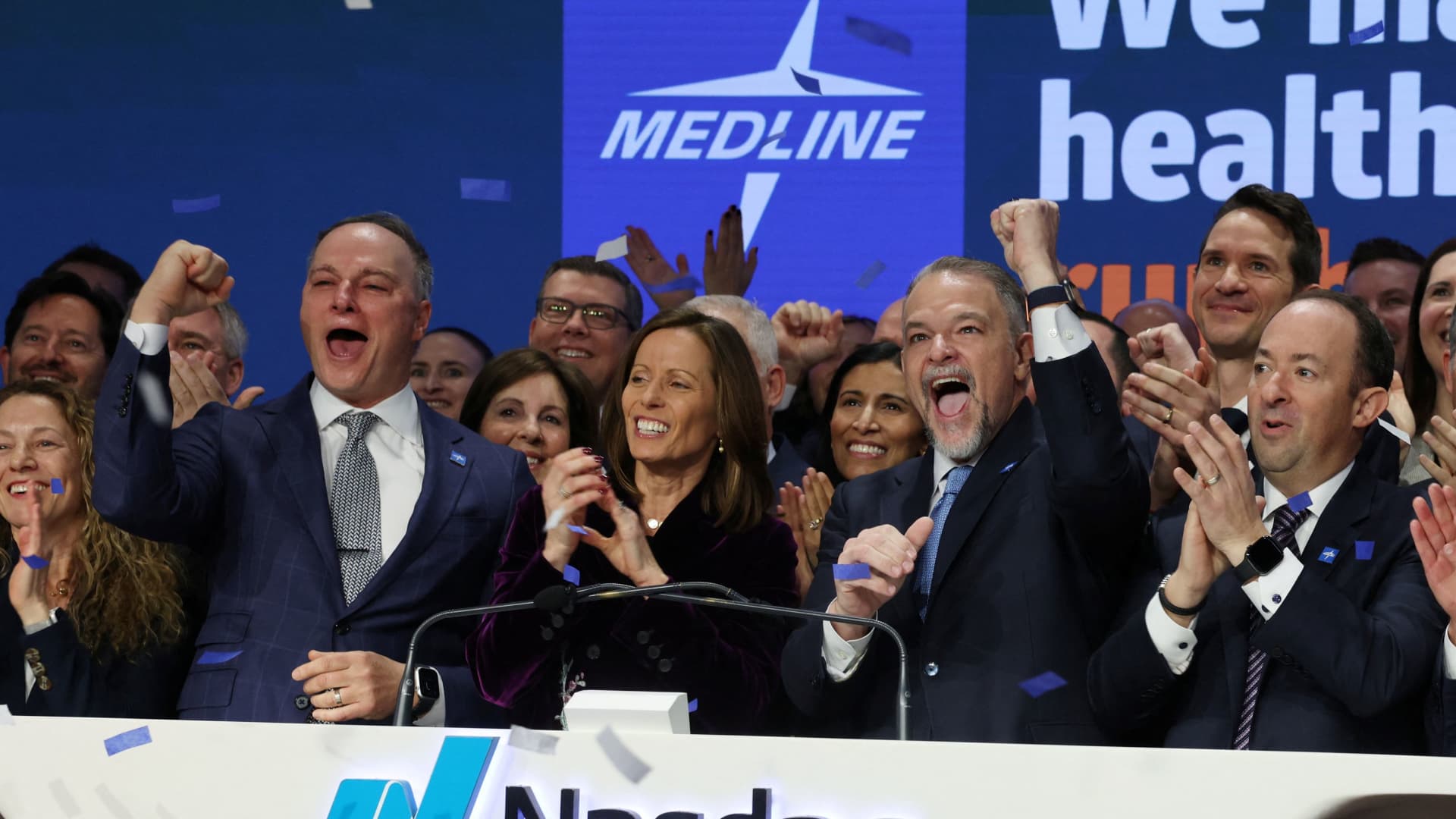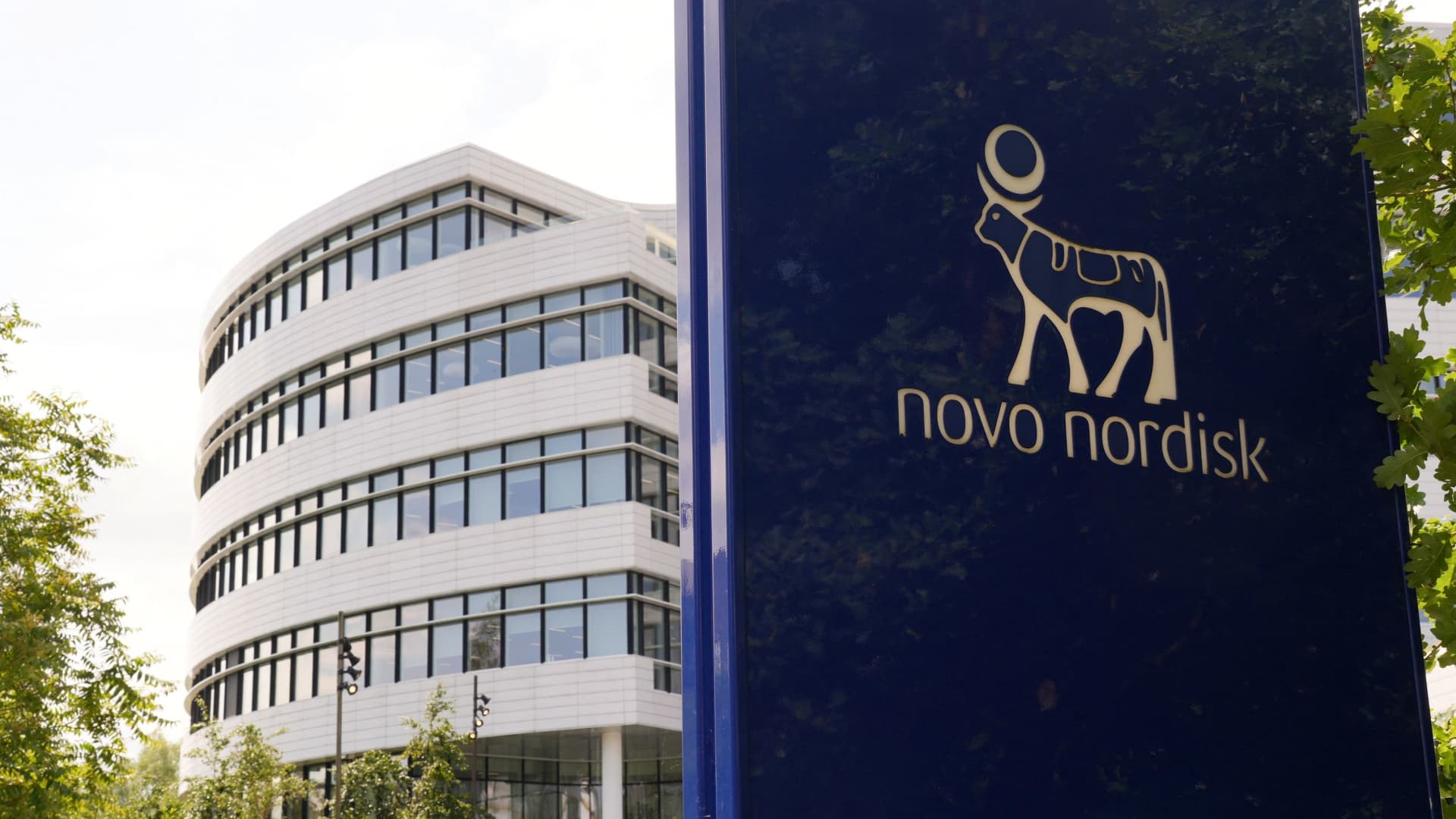In January 2023, the shocking security of Buffalo Bills Damar Hamlin during an NFL Monday Night football match due to cardiac arrest placed high profile care in a worrying and growing statistic: every year, more than 10,000 people suffer cardiac strikes in the workplaces of the United States.
But unlike Hamlin, whose unique workplace allowed him to receive an immediate treatment from the NFL and the medical professionals of the team who managed CPR and used an automated external defibrillator to relive it before being transported to a nearby hospital, many other workplaces in the US. UU. They are not prepared to address cardiac arrest so easily, nor the workers themselves.
In fact, the recent data of the American Heart Association found that seven out of 10 Americans say they feel helpless to act during a heart emergency. This statistic is exacerbated by chilling statistics that surround the cardiac strikes that are not immediately approached: 90% of almost 350,000 cases of heart strikes every year outside a hospital are fatal, and every minute that someone suffering from cardiac arrest does not receive RCP, its possibility of survival falls by 10%.
Following Hamlin's cardiac arrest and the subsequent recovery that saw him return to the NFL action the following season, the American Heart Association has worked with him to increase those survival rates, especially in the fields and during other sporting events.
There has been progress: earlier this year, AHA reported an increase of 33% to 39% in “confidence of the spectators” to perform CPR from the history of Hamlin, and the subsequent efforts of the AHA and others to increase consciousness. Now, Aha says 17.7 million Americans more They feel they have knowledge and training to act in an emergency that saves lives.
The security of Buffalo Bills, Damar Hamlin, is seen outside the United States Capitol before a press conference on the Aeds Access Law, which aims to improve access to defibrillators in schools, on Wednesday, March 29, 2023.
Tom Williams | Call Call Call, Inc. | Getty images
Aha says there is more progress to do, and has been associated with the payroll giant ADP To increase cardiac emergency preparation numbers within traditional corporate workplaces.
“Everyone can be a lifeguard; this is a superpower that everyone should know,” said Nancy Brown on Tuesday, CEO of the American Heart Association, at the CNBC CEO council summit in Arizona.
ADP has a unique position to help spread that message among workers, with approximately one in six US workers who use the company's technology in the workplace.
Maria Black, ADP's executive director, said that after listening to statistics around cardiac arrest in Brown's workplace and AHA, she felt that there was something she and ADP could do about it, not only in her own company but for her clients.
Working together with AHA, ADP now offers RCP education only through its mobile application, which Black said it is already used by more than 14 million workers monthly to verify their payment, as well as access to human resources and payroll tools. That education includes a play book and a set of RCP tools.
“The way I think about it is if it changes only a life, and honestly I hope it never happens, but if you do if that is in a workplace or it is in someone's personal life, I think it's incredible,” Black said.
Brown shared an example of how impressive that knowledge can be: in 2023, AHA helped facilitate the training of RCP and AED for all NFL teams and its administration. Only several days after that training, then the defensive coordinator of Los Angeles Rams, Raheem Morris, was on vacation with his family in Las Vegas when he saw a child drowning in a hotel pool. When the child was taken from the pool, he had no pulse. Morris, thanks to his training, was able to help a lifeguard and a doctor who was also in the pool to save the child's life.
“There is no quick action to save someone,” Brown said.
For more information about CNBC's advice, visit cnbccouncils.com.
Correction: heart strikes in the workplace are a growing concern. An earlier holder on this article erroneously identified the medical condition.

